If there’s one thing that we’ve learned from Omar, it’s that Kaneza Schaal is a director who fills the stage with striking, meaningful imagery. Highway 1, USA is no different. Taking inspiration from American painters James Rosenquist and Alma Thomas, she has devised a fractured set (studded with Americana) that comes together to become greater than the sum of its parts. One element sure to catch your eye is the presence of Br’er Rabbit and Br’er Fox (Brother Rabbit and Brother Fox). Schaal decided to include these characters, mentioned in the opera's opening lines, as guiding spirits in her production. These characters have a long history in American folklore and understanding their significance may give you deeper insight into Highway 1, USA.
The origins of Br’er Rabbit begin with the Temne people in West Africa, who have a rich oral history of a talking, trickster rabbit. Meanwhile, Br’er Fox likely originated in Southern Africa, where Cape foxes run rampant. Although folklorists didn’t document the characters until the 19th century, they probably came to America much earlier, brought to our hemisphere by enslaved peoples from the 15th century and onward.
Tales usually depict Br’er Rabbit using his wits to outsmart Br’er Fox's efforts to eat him. The stories make Br’er Rabbit out to be a folk hero for enslaved people, while Br’er Fox shares attributes with white plantation owners.
However, as the Br’er Rabbit stories spread to white audiences, they were skewed to perpetuate racist stereotypes. This was exacerbated with the introduction of Uncle Remus, the narrator of Br’er Rabbit stories, published by Joel Chandler Harris in the late 1800s. Three of these stories were brought to the silver screen in Disney’s infamous 1946 Song of the South, which includes Uncle Remus as a main character and depicts an idyllic, “happy-go-lucky" vision of Black life in the Jim Crow era. Alice Walker, the author of The Color Purple, grew up hearing Br’er Rabbit stories from her parents and famously said that Song of the South killed Br’er Rabbit for her.
But Br'er Rabbit would promptly be reclaimed by some of literature's greatest Black minds. Ralph Ellison brings up Br’er Rabbit in the hospital scene of his 1952 novel Invisible Man to demonstrate the main character’s failure to escape from his racial and cultural identity. Nela Larsen draws parallels to Br’er Rabbit in her 1929 novel Passing, which centers around two light-skinned Black women, one of which attempts to pass as white. Toni Morrison frequently references Br’er Rabbit: Tar Baby (1981), Jazz (1992) and Love (2003) all highlight his trickster tactics and how they relate to her heroines.
So, while Br’er Rabbit and Br’er Fox may have convoluted origins and complicated legacies, these characters are part of the American mythos that can’t be erased or ignored, whether locked in battle as folk hero versus villain, weaponized caricatures, or reclaimed motifs for modern Black stories. Schaal’s inclusion of Br’er Rabbit and Br’er Fox in Highway 1, USA shows how these figures continue to be redefined for new audiences. Keep an eye out when you’re at this LA premiere: these characters might not have speaking roles, but they have a lot to say in this parable about the American dream.




